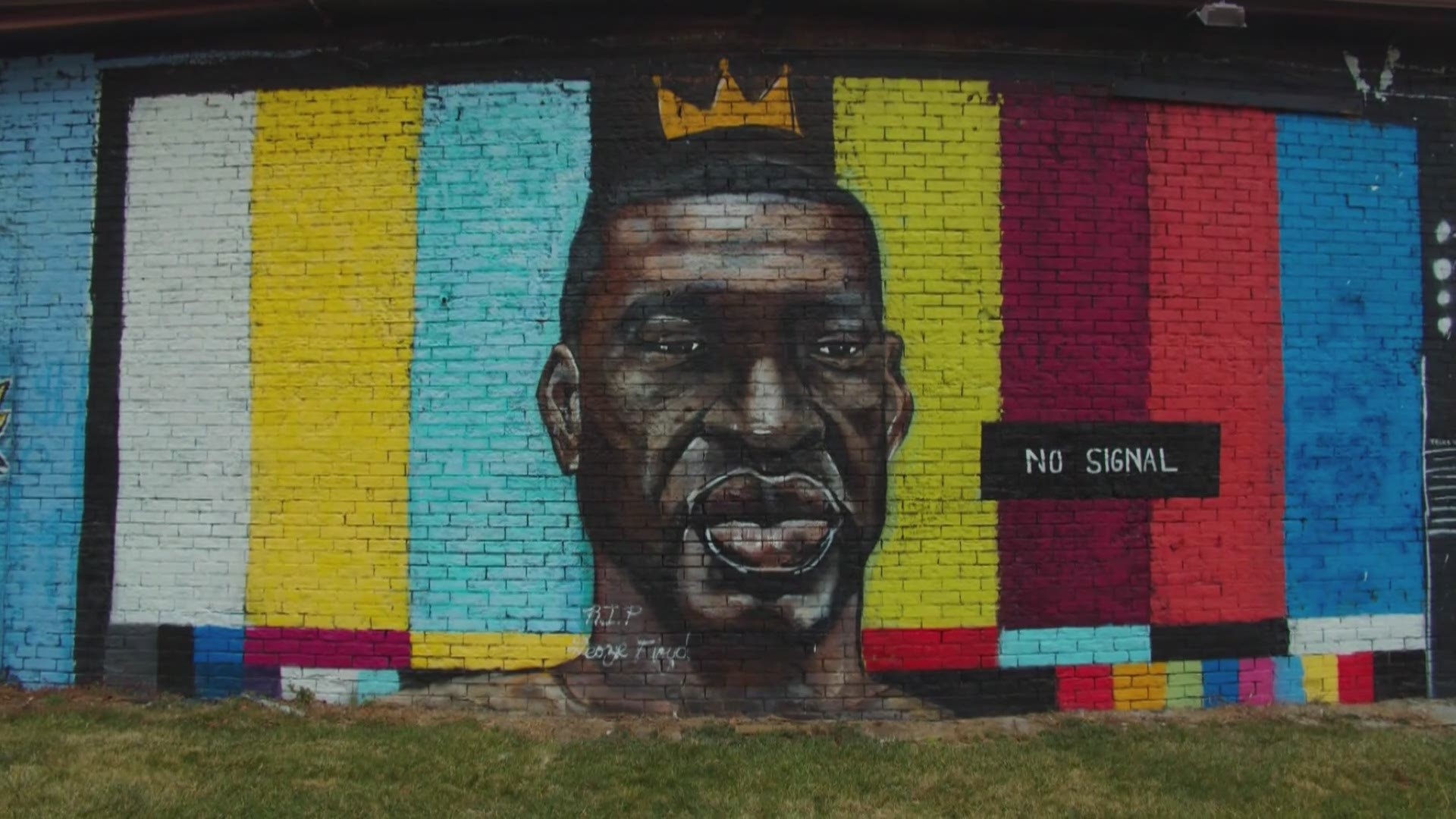TOLEDO, Ohio — In the midst of all the shootings and deaths of civilians, police bodycam and bystander videos are constantly at our fingertips.
We've witnessed several of these videos over the last few years.
Videos like the last moments of George Floyd, Michael Brown and Philando Castile.
The videos have been watched and shared thousands of times.
Erin Wiley, a licensed counselor and executive director of The Willow Center, says they are disturbing and traumatizing in ways beyond what you might expect.
"Particularly with very empathic people who just easily relate to people and even feel their pain, because they're so empathetic that things like that can be even more disturbing," explained Wiley, "because their own nervous system gets aroused in such a way that they're really upset, as if they're almost there watching it."
Wiley says it's normal to feel distressed, or angry, even when it's someone you don't know.
But it's not normal to watch a graphic video over and over again.
"We should be a witness to important things that happen. We shouldn't turn a blind eye and ignore what's happening. But we also don't have to hyper-saturate ourselves with the same upsetting story over and over," said Wiley.
Plus, she says it could cause you to become desensitized.
"It's one of the unfortunate side effects of news stories playing over and over. You see someone murdered on TV in real-time or on the news, and then when they play it the next night, you're like, 'oh I've already watched that murder.' I just don't think it's great for the human brain," said Wiley.
Wiley says she unintentionally watched the full video of George Floyd's murder, and as a clinical counselor she understands why the experience is so disturbing.
"Just going through the process of identifying what you're feeling, coming to terms with it, processing through, and identify why you feel that way. And then working to figure out what to do with that emotion for yourself to other people is the healthiest things you can do," said Wiley.
Whether it means crying it out or talking to other people, the licensed counselor believes it will help heal the trauma these shootings and instances of fatal brutality can cause.
The Willow Center has heard from minorities and people of color who are afraid, concerned and angry.
But no matter your race, gender or age, you should seek a counselor if it comes to a point where you just can't clear your mind, so you can get help before it gets worse.
Mental Health Resources
In addition to The Willow Center, there are other ways you can find support for your emotional and mental wellbeing.
You can contact the NAMI chapter or the Lucas County emotional support hotline.
If you want to talk to someone and are not in immediate danger, Text '4Hope' to 741-741 to be connected to the Ohio Mental Health and Addiction Services Crisis Text Line. There is no charge and the information will not show up on your phone bill.
Anyone experiencing a crisis can contact the National Suicide Prevention Lifeline at 800-273-8255. The Lifeline provides 24/7, free and confidential support for people in distress, prevention and crisis resources for you or your loved ones, and best practices for professionals.
Locally, you can also call Rescue Mental Health 419-255-9585 or the Wood County Crisis Line at 419-502-4673.
If you are a young member of the LGBTQ+ community and need help in any way, call the Trevor Project at 1-866-488-7386. Calls made to the Trevor Project are free and kept confidential.

